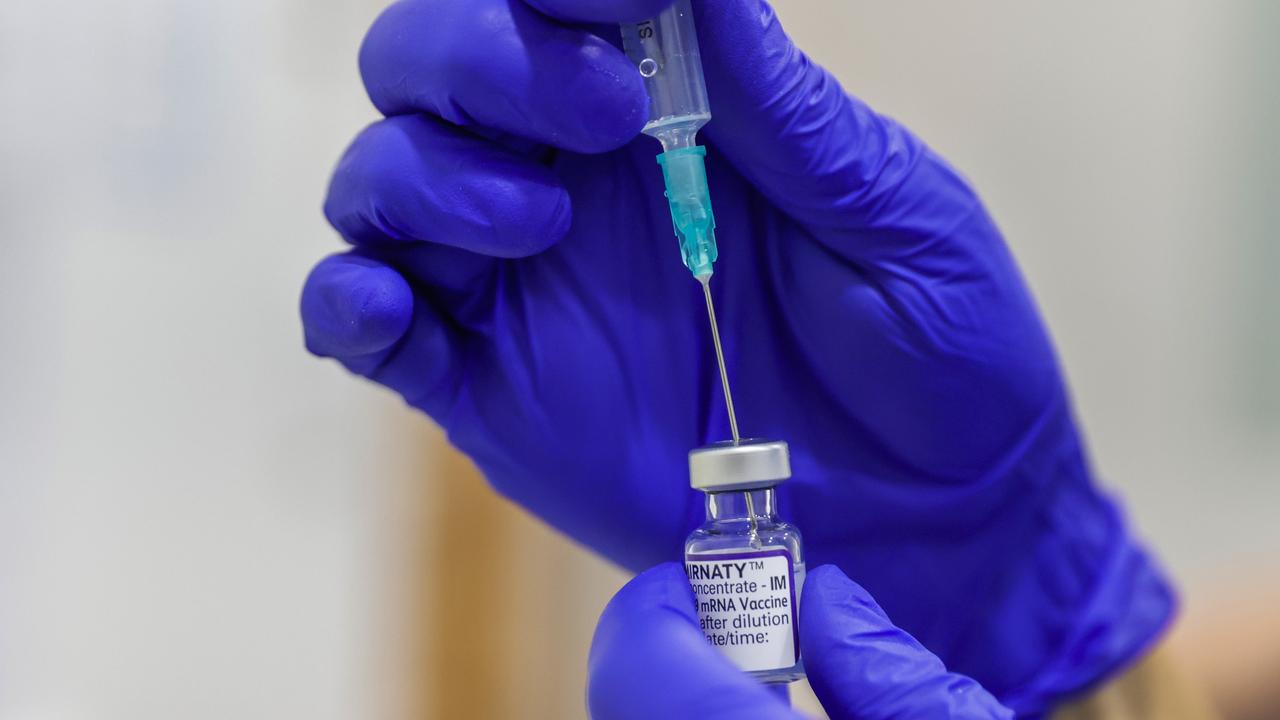COVID-19 vaccine reaction data revealed
The safety data on reactions to Australia’s COVID-19 vaccinations have been revealed and it is good news.
NSW Coronavirus News
Don't miss out on the headlines from NSW Coronavirus News. Followed categories will be added to My News.
The first safety surveillance on the COVID-19 vaccine rollout shows that less than one per cent reported a reaction after receiving the jab.
The Therapeutic Goods Administration (TGA) collects reports of side effects following immunisation and in the first week of Australia‘s COVID-19 vaccine program which began on February 22, 33,702 vaccines were administered with only 79 people reporting a reaction, or 0.23 per cent or people.
Federal Health Minister Greg Hunt said the safety data had been “exceptional”.
“The results mirror what we have seen around the world with safe and highly effective vaccines,” he said.
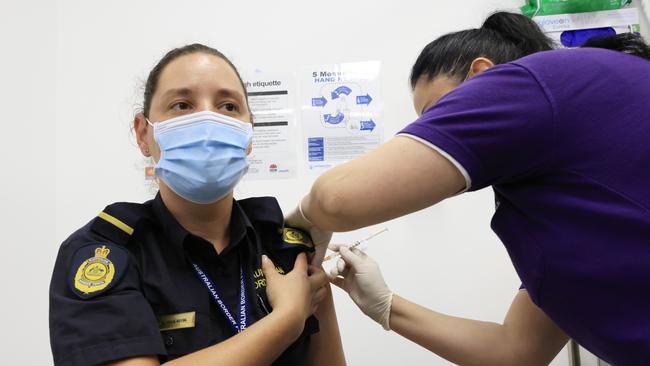
The TGA noted the reports received were within normal expectations for any vaccine with cases of feeling faint, headache, dizziness or nausea. Two cases of administration error in a Brisbane aged care facility have also been reported to the TGA and to date have not been associated with any adverse outcome.
“We know that during the course of a national rollout there will always be challenges but the fact that two people were given doses in line with early clinical trials and no effects were observed at all so this should strengthen public confidence,” Mr Hunt said.
“What we have seen so far in terms of side effects are minimal impacts and where they have occurred the TGA has identified things such as nausea, dizziness etc,” Mr Hunt said.
Mr Hunt also added that Italy’s decision to halt a shipment of the AstraZeneca vaccine would not impact Australia’s rollout.
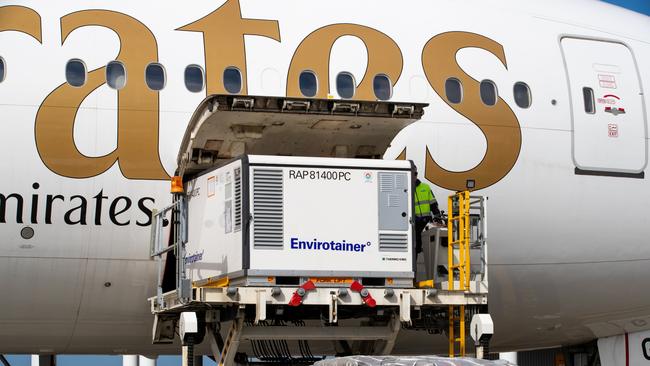
“The Astra Zeneca Roll out began yesterday in Murray Bridge South Australia and the first international shipment has already arrived which takes us through to the commencement of domestic CSL supplies. This is one shipment from one country,” he said.
Phase 1B will begin rollout on March 22 he said with the Australian made vaccine.
Phase 1 B will offer the vaccine to people aged over 70, other healthcare workers, aboriginal and Torres Straight Islanders, those with underlying conditions and critical workers including police, fire, and emergency workers.
Australia‘s safety monitoring system for all COVID-19 vaccines will be publishing reports every week.
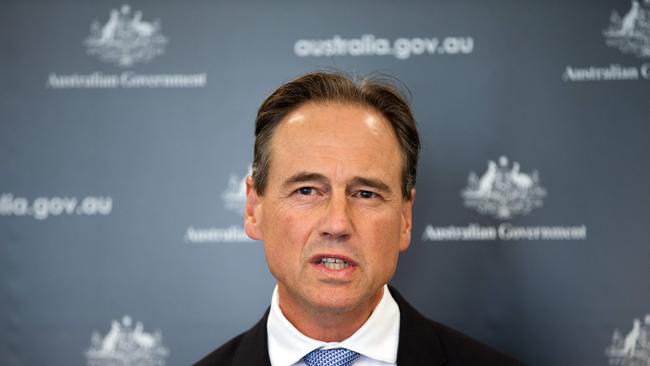
In addition, the National Centre for Immunisation Research and Surveillance (NCIRS) have been operating the AusVaxSafety active surveillance program which consists of contacting those who have been vaccinated by SMS three days after vaccination for details of reactions.
Director of the NCIRS Professor Kristine Macartney said early reports indicate a very safe vaccine with no safety flags raised as yet.
“It’s great new and great to have the safety systems up and running. For COVID-19 we have been able to survey half of the people who received the vaccine in the first few weeks of the program.
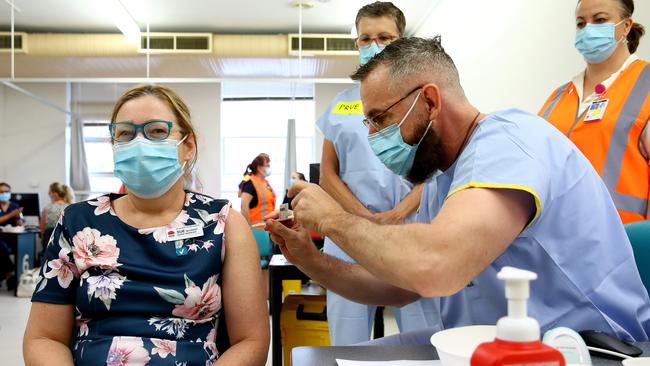
“We had 7397 people answer the survey, two thirds responded and the data showed 64.4 per cent t completely fine three after vaccination, no adverse events and 35.6 per cent of people said they did have a some symptoms after vaccination and this most commonly included pain at the injection site, felling fatigue, headache and muscle ache and that is what we know to expect from the vaccine typically in the first day after vaccination,” Prof Macartney.
“There were a few who saw a doctor after vaccination and that was 0.7 per cent and we look at those individuals they mostly had symptoms similar to injection site pain, fatigue, or in some cases, something unrelated and explained by another illness not related to the vaccination. It is the same rate for other vaccines.”


